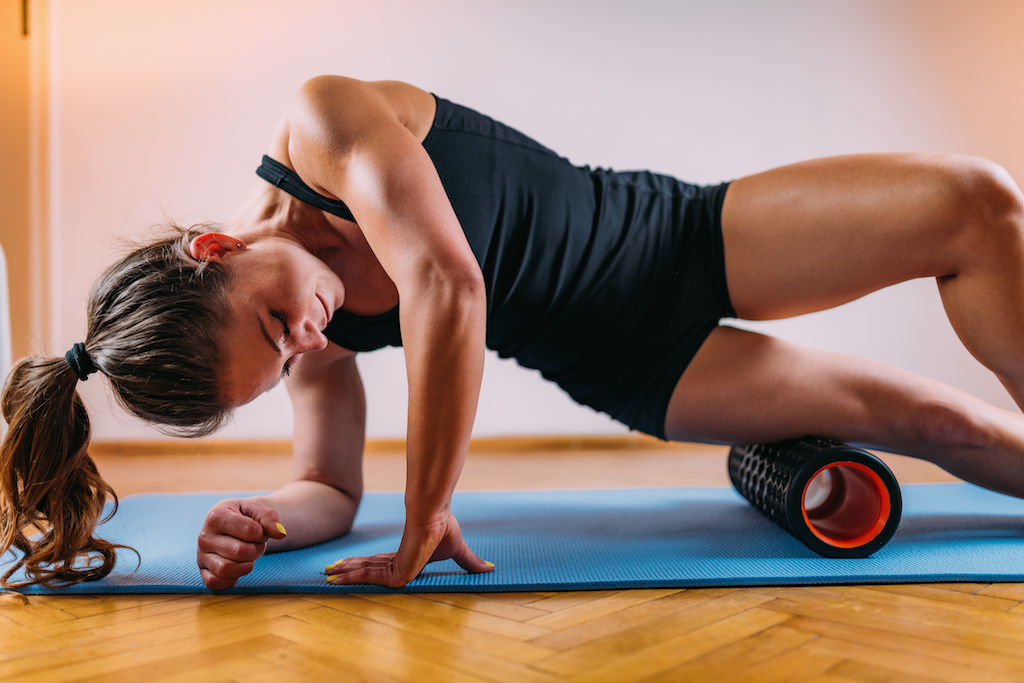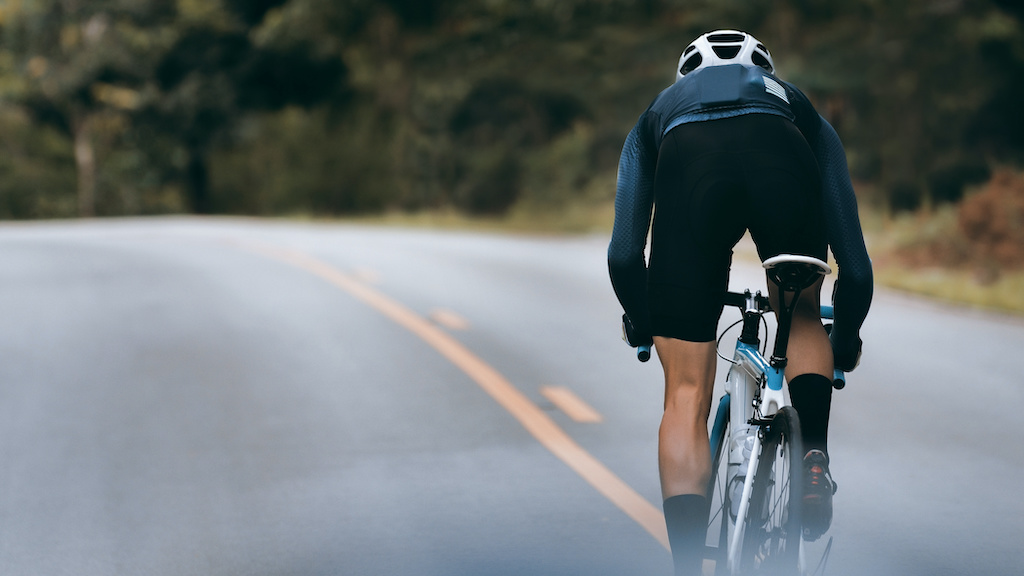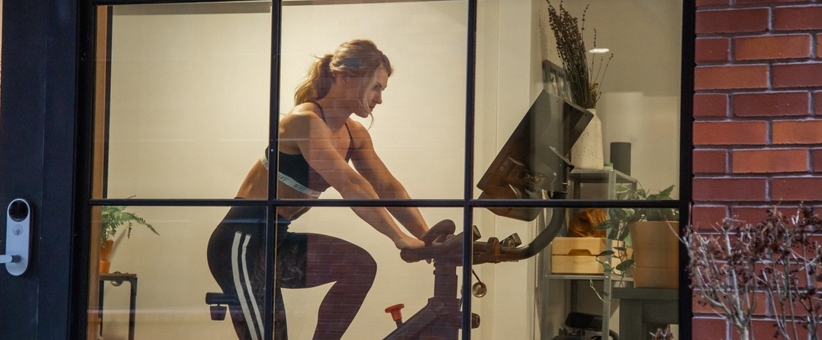Stretching to avoid aches after a bike ride
Do you sometimes feel some aches and pains after a bike ride? Stretching can help you to recover better. Stretching the most used muscles when cold, without forcing and at least one hour after the ride allows you to minimise muscle and joint stiffness related to an intense workout.
How to avoid aches and pains after a bike ride?

To reduce the risk of feeling stiff after a bike ride, combine targeted post-workout stretching with a good warm-up before the session.
To avoid accentuating muscle damage associated with intense exertion, it is recommended that you do a cold stretch rather than stretching immediately after exercise. In general, stretching is not supposed to be painful: listen to your body and do not force it. After a very intense workout, allow total rest for 12 to 24 hours to allow your muscles to recover.
The muscle groups most used by cycling

For successful stretching after a cycling session, the first step is to be familiar with the main muscles used when cycling:
- The psoas iliacus: these muscles in the back connect the lumbar vertebrae to the hip. When you are on a bicycle, they are used to perform a hip flexion when the pedal is pulled up.
- The gluteus maximus: the gluteus maximus connects the lower back to the upper thigh, the small and medium gluteus maximus are attached to the sides. The dancer position, standing on the pedals, is the position that makes the buttocks work the most when cycling.
- The quadriceps: the quadriceps is so named because it is composed of 4 parts. Located on the front of the thigh, it connects the patella to the hip. The extension of the leg is the movement that mobilises it the most.
- Hamstrings: this 3-part muscle is located at the back of the thigh. In cycling, it is highly stressed when the leg is flexed while pedalling.
- The posterior muscles of the tibia: the calf muscles work very hard during a bike ride.
- The anterior muscles of the tibia: the muscles at the front of the tibia contract, for example, to raise the front of the foot. Mechanical pedals work these muscles during the pedal-up phase. During a long cycle ride, the position of the feet on the pedals can cause aches and pains.
5 ideas for stretching for cyclists

To avoid the occurrence of aches and pains after a bike ride, incorporate cold stretching exercises for each of the most strained muscle groups. Hold each stretch for 20 seconds and wait at least 12 hours after your bike ride before doing them.
Psoas Iliac stretch
Perform a forward lunge with a 90° bend of the front leg, keeping the leg at the back as far back as possible. Lower the pelvis to stretch the iliac psoas and reverse the exercise to stretch both sides. You can try a variation by bending the back leg until the knee rests on the floor.
Buttock Stretch
Sit on the floor with one leg stretched out in front of you. Bend the other leg and pass it over the outstretched leg, putting your foot on the floor. Bring the knee of the bent leg back towards you to stretch the buttocks.
Quadriceps stretch
Kneeling on the floor, lean back with your forearms. Raise your pelvis as high as possible. You should feel tension in the front of your thighs. Do not force it; hold the position for 20 seconds while breathing deeply.
Hamstring stretch
Sitting on the floor, legs stretched and tight, try to reach your ankles or toes with your hands, arms outstretched. Maintain the position so as not to injure yourself: it doesn’t matter if you can’t reach your ankles, go as far as you can until you feel the hamstring stretch, without forcing it. Loosen up the back of your neck so that you don’t tense up.
Stretching the posterior tibia muscles
To stretch the calves, press your hands flat against a wall, then stretch one leg back with your foot flat on the floor and bend the other leg.
Stretching the anterior tibia muscles
Kneel on the ground with your feet straight. In order to make good use of the muscles in front of the shins, the entire weight of the body should be placed on the heels. Remember to keep your back straight throughout the exercise.
Check out our Fitness & Training page for more advice.
